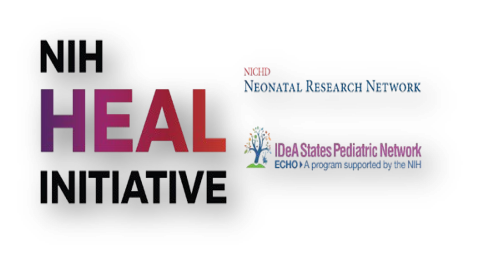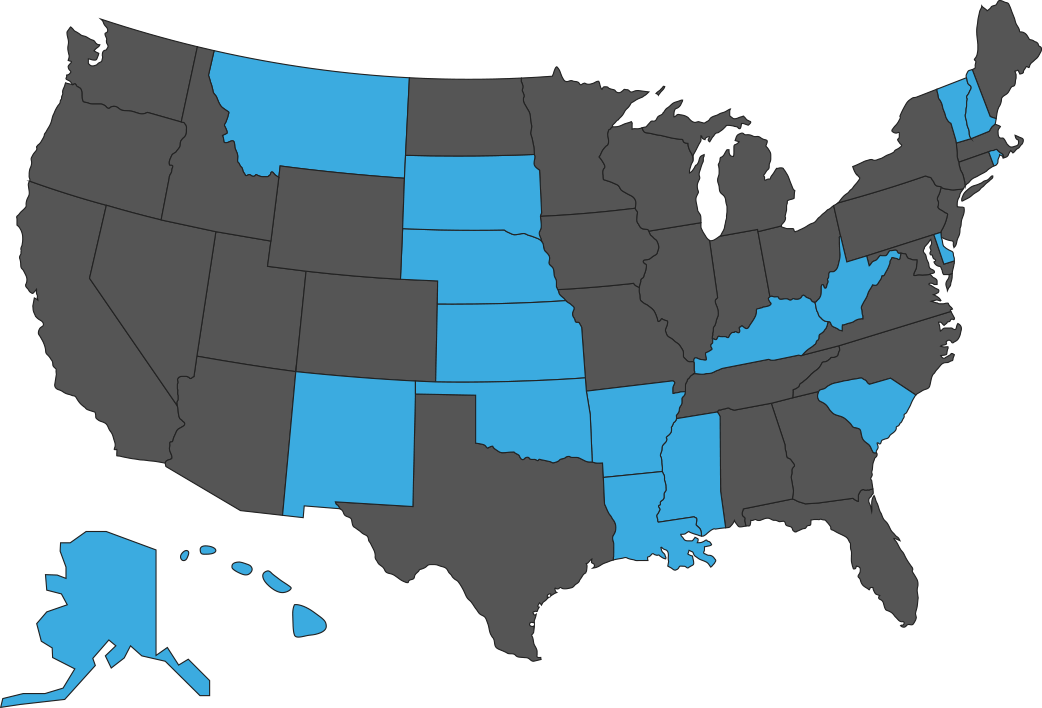
Read Written Case 2 before completing the Assessment. Enter your information below and click “Start” to begin the assessment.
*Note: If you did not enter credentials to log in to this training, you must complete all fields below to receive full credit. For assistance, contact Catrice Banks-Johnson.
*Click the link below the case to download the document.
Nurse/Provider Sign-out
- 3-day-old baby girl with in-utero methadone exposure.
- Mom stable in recovery for 7 months, re-starting treatment after discovering pregnancy. Had previously been on methadone with her first pregnancy, after not being successful on buprenorphine due to increased anxiety symptoms (sx). Lost custody of her toddler due to relapse while parenting with safety concerns for child.
- History (hx) of depression, anxiety, and PTSD – started Prozac mid-pregnancy and tolerating well.
- Smokes cigarettes. Had prenatal education provided 2-weeks ago about increased risk for small for gestational age, sudden infant death syndrome, and withdrawal symptoms (including greater chance of being started on medicine for NOWS/NAS). Able to cut back from 1 pack per day to ½ pack per day (still smoking for anxiety).
- Newborn Nursery still using Finnegan NAS Scoring Tool as they transition to the ESC Care Tool. Baby with max Finnegan score of 10 at 24 hrs, then scored lower on day of life 2. Sx increasing in past day with last 4 scores = 7, 8, 8, 12. Baby scoring at times for increased tone, tremors when disturbed (occasionally when non-disturbed), hyperactive Moro, decreased sleep < 3 hrs after feeding, sneezing, and yawning. V/S have been stable. Stools loose but not watery.
- Either mom or dad here caring for baby in their room all the time, keeping room calm, never sending baby out to Nursery, taking turns napping so they are not sleepy when holding baby.
In-room Assessment
- Since last feeding 4-hrs ago, baby slept well for 3 hrs while held swaddled by dad. Mom able to
sleep during this time. - Baby awoke, became quickly agitated with difficulty calming and getting latched on to the breast
due to excessive rooting and increased startle causing baby to push breast out of mouth with each
startle. - After 15 minutes of gentle jiggling up and down, mom expressing colostrum and providing to infant
with finger feeding, baby finally able to calm down enough to latch on to the breast. Baby then
able to feed well for 15 minutes. - Infant provider came in to see baby, saw mom breastfeeding (bf), and said he would return later
to evaluate baby. - Nurse now in room performing ESC assessment and v/s approximately
4.5 hrs after last assessment, was delayed due to tasks with 2 mother-baby discharges.
Written Case 2
_ Summary
0 of 26 Questions completed
Questions:
Information
|
You must fill out this field. |
|
|
You must fill out this field. |
|
|
You must fill out this field. |
|
|
You must fill out this field. |
You have already completed the _ before. Hence you can not start it again.
_ is loading…
You must sign in or sign up to start the _.
You must first complete the following:
Results
Results
0 of 26 Questions answered correctly
Time has elapsed
You have reached 0 of 0 point(s), (0)
Earned Point(s): 0 of 0, (0)
0 Essay(s) Pending (Possible Point(s): 0)
| Average score |
|
| Your score |
|
Categories
- CARE PLAN 0%
- CONSOLING 0%
- EATING 0%
- NON-PHARM CARE INTERVENTIONS 0%
- NOWS/NAS RISK ASSESSMENT 0%
- PARENT/CAREGIVER PRESENCE SINCE LAST ASSESSMENT 0%
- SLEEPING 0%
- 1
- 2
- 3
- 4
- 5
- 6
- 7
- 8
- 9
- 10
- 11
- 12
- 13
- 14
- 15
- 16
- 17
- 18
- 19
- 20
- 21
- 22
- 23
- 24
- 25
- 26
- Current
- Review
- Answered
- Correct
- Incorrect
-
Question 1 of 26
1. Question
Category: NOWS/NAS RISK ASSESSMENTAre signs of withdrawal present?
CorrectIncorrect -
Question 2 of 26
2. Question
Category: NOWS/NAS RISK ASSESSMENTCorrectIncorrect -
Question 3 of 26
3. Question
Category: NOWS/NAS RISK ASSESSMENTAre co-exposures present that may be contributing to signs of withdrawal?
CorrectIncorrect -
Question 4 of 26
4. Question
Category: NOWS/NAS RISK ASSESSMENTAre nonpharmacologic care interventions (NPIs) maximized to fullest extent possible in infant’s clinical setting?
CorrectIncorrect -
Question 5 of 26
5. Question
Category: EATINGTakes > 10 min to coordinate feeding or breastfeeds < 10 min or feeds < 10 mL (or other age-appropriate duration/volume) due to NOWS/NAS?
CorrectIncorrect -
Question 6 of 26
6. Question
Category: SLEEPINGSleeps < 1 hour due to NOWS/NAS?
CorrectIncorrect -
Question 7 of 26
7. Question
Category: CONSOLINGTakes > 10 min to console (or cannot stay consoled for at least 10 min) due to NOWS/NAS?
CorrectIncorrect -
Question 8 of 26
8. Question
Category: CONSOLINGConsoling Support Needed
CorrectIncorrect -
Question 9 of 26
9. Question
Category: CARE PLANFormal Parent/Caregiver Huddle to be performed to formally review NPIs to be increased further?
CorrectIncorrect -
Question 10 of 26
10. Question
Category: CARE PLANFull Care Team Huddle to be performed to formally consider all possible etiologies for symptoms, re-assess if NPIs are maximized to the fullest extent possible, and determine if NOWS/NAS medication treatment is needed?
CorrectIncorrect -
Question 11 of 26
11. Question
Category: CARE PLANManagement Decision
CorrectIncorrect -
Question 12 of 26
12. Question
Category: PARENT/CAREGIVER PRESENCE SINCE LAST ASSESSMENTCorrectIncorrect -
Question 13 of 26
13. Question
Category: NON-PHARM CARE INTERVENTIONSRooming-in (i.e., caring for infant in their own room with earlier caregiver response to infant stress or hunger cues)
CorrectIncorrect -
Question 14 of 26
14. Question
Category: NON-PHARM CARE INTERVENTIONSParent/caregiver presence to help calm and care for infant
CorrectIncorrect -
Question 15 of 26
15. Question
Category: NON-PHARM CARE INTERVENTIONSSkin-to-skin contact when caregiver fully awake/alert to help organize infant feeding behaviors, calming & sleep
CorrectIncorrect -
Question 16 of 26
16. Question
Category: NON-PHARM CARE INTERVENTIONSHolding by parent/caregiver/cuddler to help calm infant & aid in sleep (with caregiver fully awake/alert)
CorrectIncorrect -
Question 17 of 26
17. Question
Category: NON-PHARM CARE INTERVENTIONSSafe & effective swaddling (e.g., extremities swaddled in flexed position, blanket snug, no extra blanket around baby’s face)
CorrectIncorrect -
Question 18 of 26
18. Question
Category: NON-PHARM CARE INTERVENTIONSOptimal feeding (e.g., baby offered feedings when showing hunger cues & fed till content)
CorrectIncorrect -
Question 19 of 26
19. Question
Category: NON-PHARM CARE INTERVENTIONSNon-nutritive sucking with infant’s hand, pacifier, adult caregiver’s washed or gloved finger
CorrectIncorrect -
Question 20 of 26
20. Question
Category: NON-PHARM CARE INTERVENTIONSQuiet, low light environment to help limit overstimulation of infant (e.g., tv volume down, quiet “white noise” machine or phone app)
CorrectIncorrect -
Question 21 of 26
21. Question
Category: NON-PHARM CARE INTERVENTIONSRhythmic movement provided by parent/caregiver or infant calming device (e.g., “jiggling” or infant swing in presence of alter adult)
CorrectIncorrect -
Question 22 of 26
22. Question
Category: NON-PHARM CARE INTERVENTIONSAdditional help/support in room (e.g., other parent, family member, friend, cuddler, staff member, recovery coach, DCYF worker)
CorrectIncorrect -
Question 23 of 26
23. Question
Category: NON-PHARM CARE INTERVENTIONSLimiting # of visitors & duration of visit(s) to minimize disruptions in infant’s care environment & sleep
CorrectIncorrect -
Question 24 of 26
24. Question
Category: NON-PHARM CARE INTERVENTIONSClustering care & assessments with infant’s awake times (e.g., RN & infant provider perform assessment together after infant feedings)
CorrectIncorrect -
Question 25 of 26
25. Question
Category: NON-PHARM CARE INTERVENTIONSSafe sleep/fall prevention (e.g., infant sleeps on back, safely swaddled, in own sleep space)
CorrectIncorrect -
Question 26 of 26
26. Question
Category: NON-PHARM CARE INTERVENTIONSParent/caregiver self-care & rest (e.g., identifying another adult to care for infant so parent can rest or take a walk/break)
CorrectIncorrect


